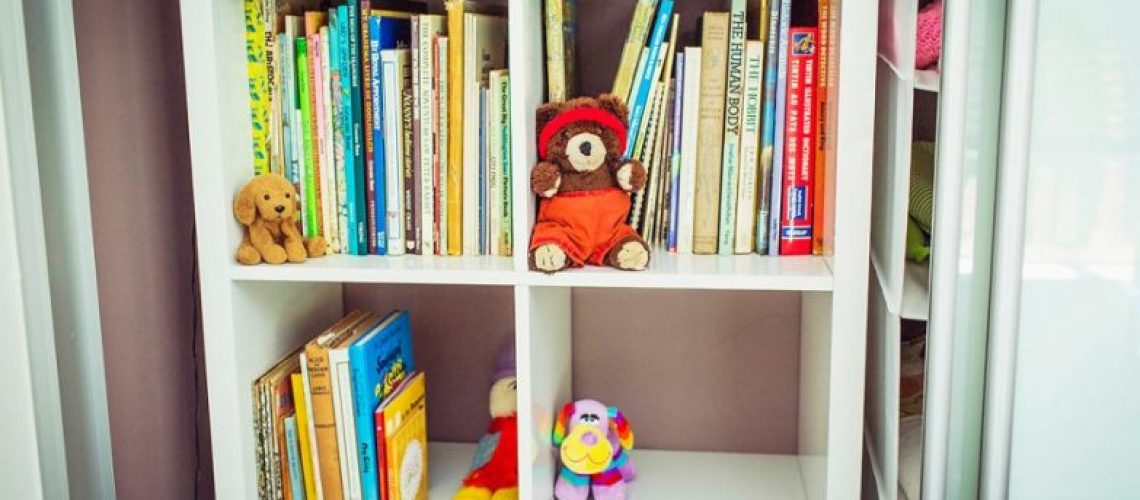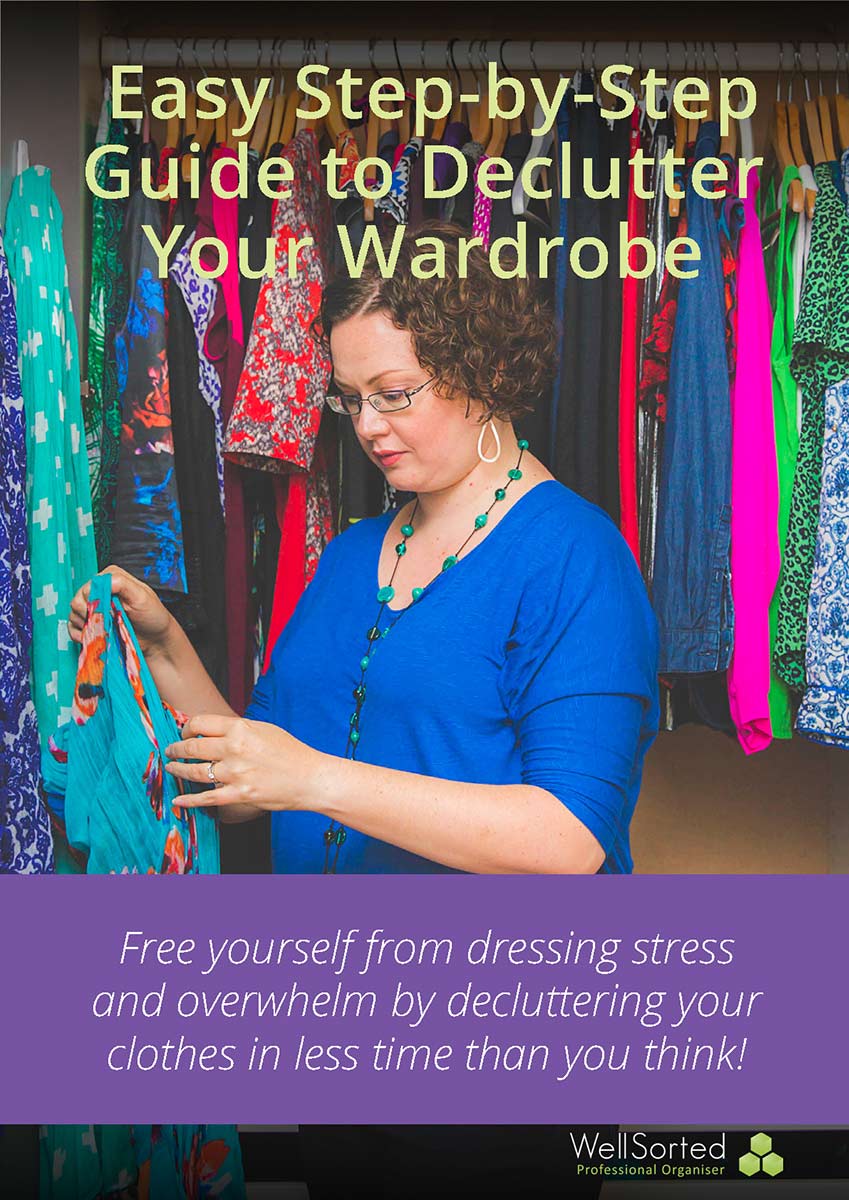Do you need to organise your kids’ books? One of the most challenging things is staying on top of kids’ stuff! Clothes, toys, books… it’s not hard for it to get out of control.
So, let’s talk about getting kids stuff organised! This blog post is about how to organise your kids’ books. As kids grow, the types of books they have change. In the beginning, they have cardboard books and fabric books. Then as they get older they get more picture books and storybooks. Often you have a mixture from the get-go, as you get gifts or have your own childhood books you want to pass onto them. So how do you organise them and keep them to a reasonable number?
If your place is anything like mine, you may not be rolling in space. So, what you can do is go through the books and…
1. Sort them into groups
- Board books and fabric books
- Picture books with not many words
- Picture books with lots of words or a real story line
- First readers
- Teen novels
- Activity based books (For example: “Craft Projects” or “How to Draw Cartoons”).
- Educational books
- Adult books
Now consider where your kid is at in relation to their reading level. On a shelf they can reach, place the ones they’re currently reading. Also include any you think suits their age group or developmental point. Ideally, the ones you’re happy for them to read unsupervised, are on a lower shelf, that they can reach. Think prime position for them. That’s eye to waist height on them or floor level. If you don’t want them accessing it without you, then place them out of their reach.
2. Store those that are ‘too old’ for them
Store those that are ‘too old’ for them higher on the bookshelf (if you have space for it). If you’re space poor like me, put them away for later. I have a glory box for things my daughter will grow into. If you’re forgetful, make a reminder on your phone to review the books placed in the chest in 6-12 months’ time. That way they won’t get forgotten.
If you have more than one kid and they’re at different reading levels, consider if you can store them in each of their rooms. This can stop them getting mixed up. It also makes it easier to move age appropriate books to the younger child.
If you don’t have that luxury, store them on the shelf with youngest books at the bottom. Then the next level higher up and those for the oldest child on the top shelves.
3. Review and cull
Be honest about:
- those you’ve kept from your childhood.
- those gifted to your child over the years
- hand-me-down books
- ones that are damaged
- those your child never touches
Sometimes we hold onto a lot of books out of guilt, obligation and sentiment. If we’re truly honest about each book in these categories, often these can be ratty, unloved and unread. Question each one in your space. Is it there because your child loves to read it, or because you can’t let it go? Sometimes these belong in your memory box, not on their shelf.
Also cull out any that they’ve outgrown. With these you’ll need to decide if you need to involve your child in the decision, or if they’re still young enough for you to decide on their behalf.
It can be nice to keep a few in their ‘glory box’ for when they have kids. If you have space for this, go for it! You might want to review this with them as they get older as your favourites may not be theirs. These books might move to your memory box with time.
If you don’t have space to keep them, why not keep a diary with a list and photos of their favourites?
4. Make a limit
Make a limit to how much you can keep. This is best maintained by simply dedicating a space to books. For example, you can’t have any more books than what fits on a bookshelf.
Otherwise, you’ll end up having a library instead of a house. Don’t get me wrong, some love this, but they usually have to sacrifice something else to make space for their books. Or worst-case scenario, the library gets in the way of them living the life they want to lead. Point being – limitations support you to live the life you want.
5. Review Regularly
In our home we get new books regularly. That means we need to cull often to maintain an organised, stress-free home. So review what your child is, and isn’t reading. Remove those that they’ve lost interest in. Make room for the new.
You’ll also need to review the book stash for ones that they’ve outgrown developmentally. Don’t forget to move in those that match their development level now.
What other tips do you have to organise kids’ books? This is a topic that many people need help with. Share your ideas in the WellSorted Facebook group so we can all help each other out.







